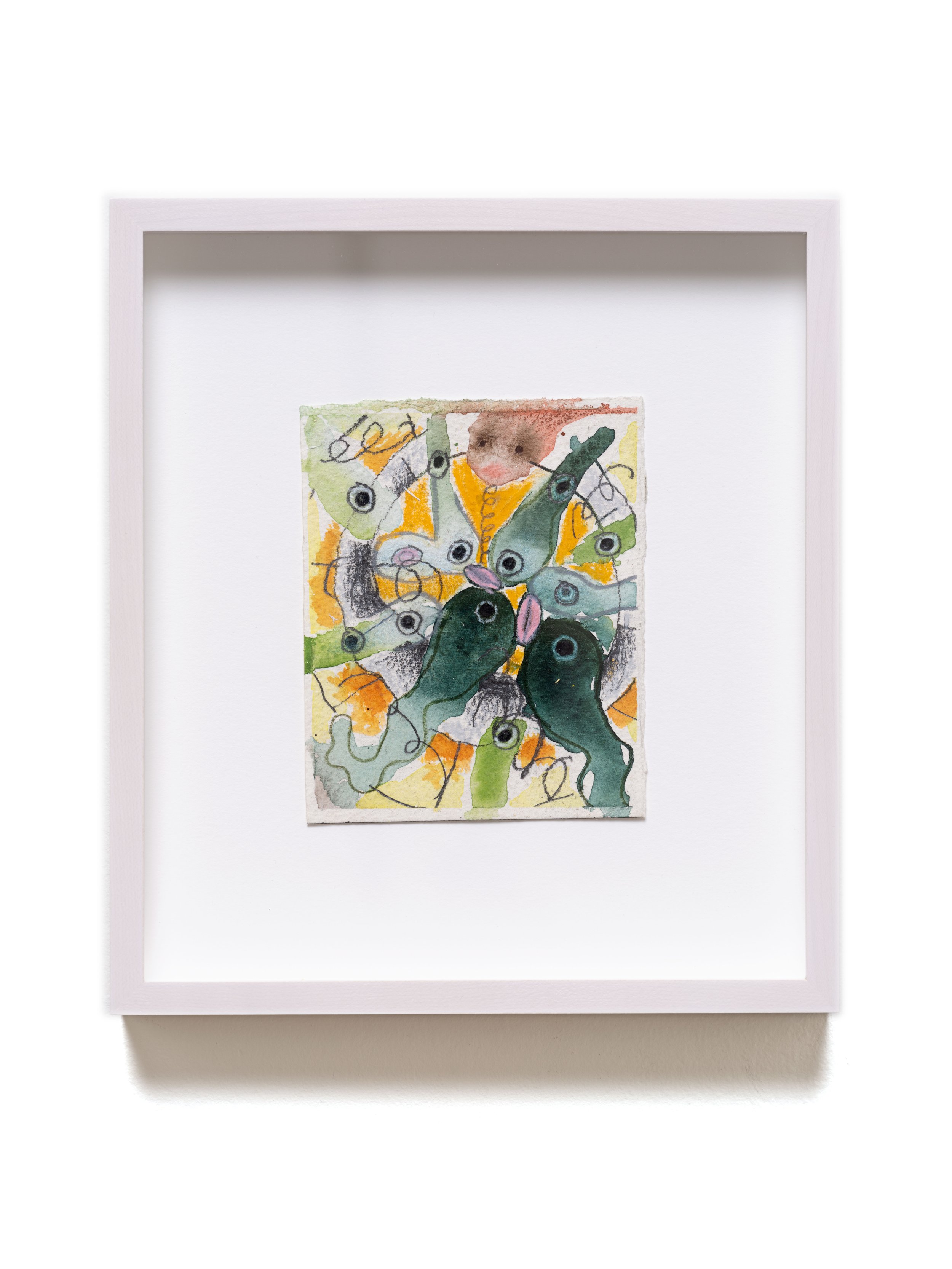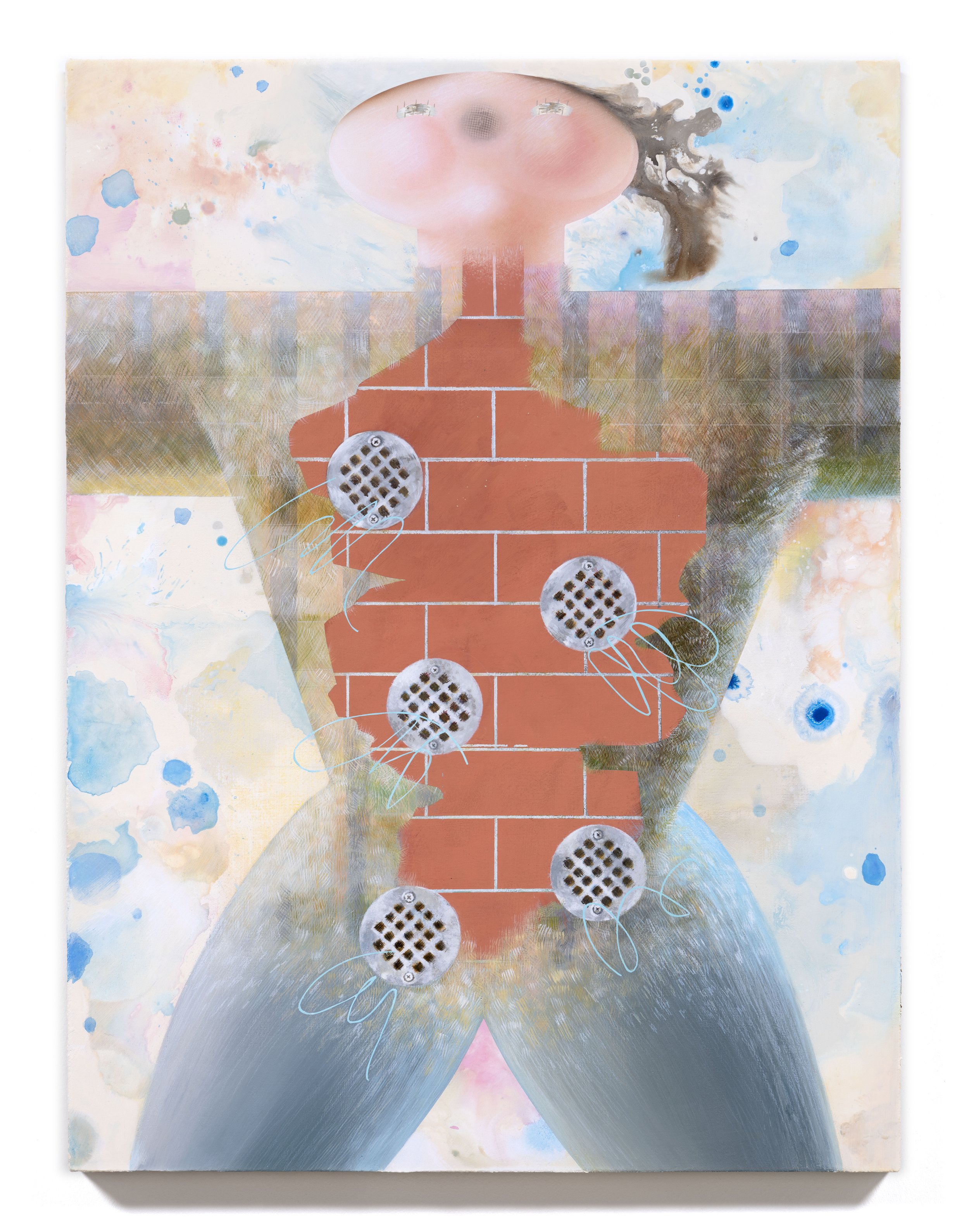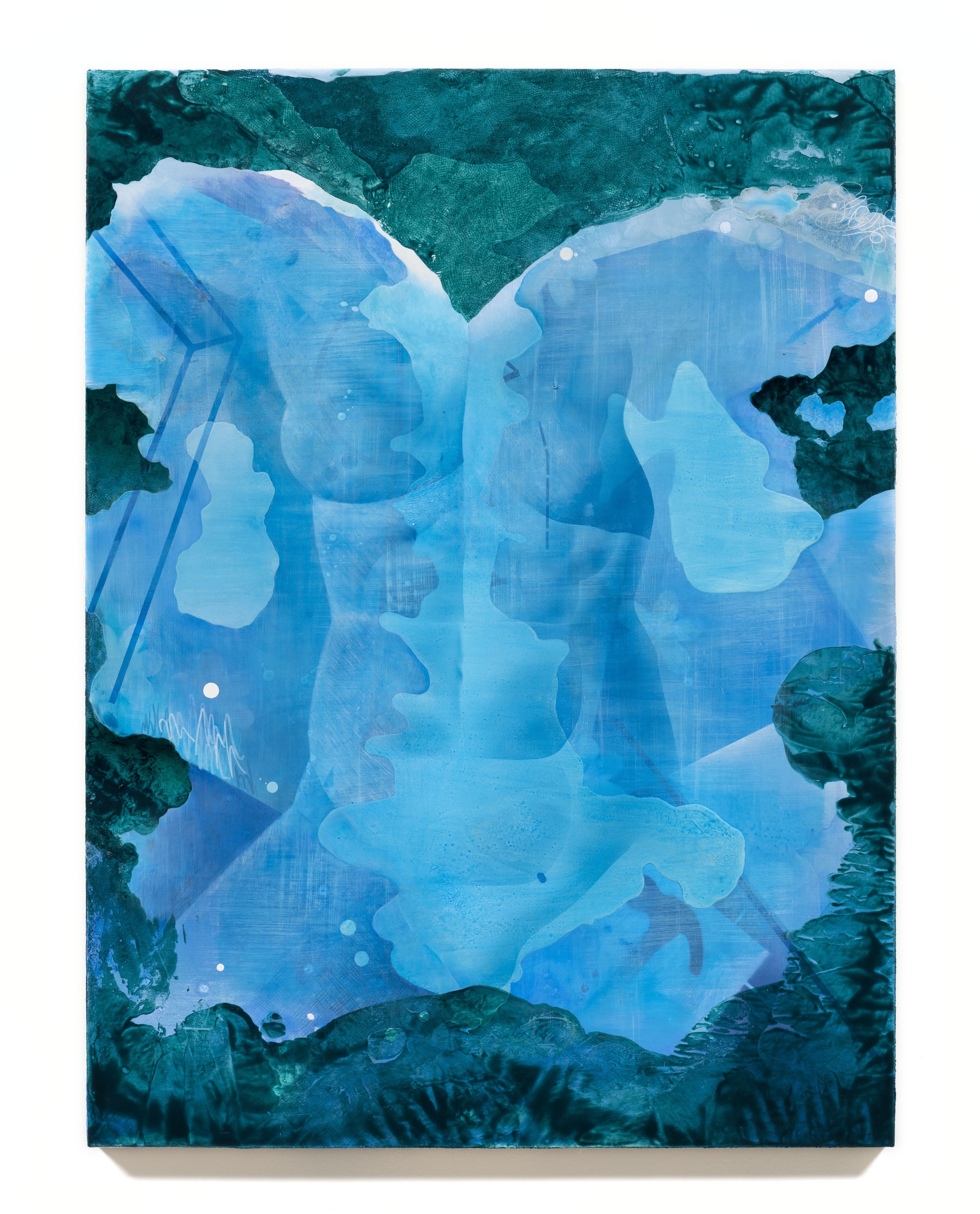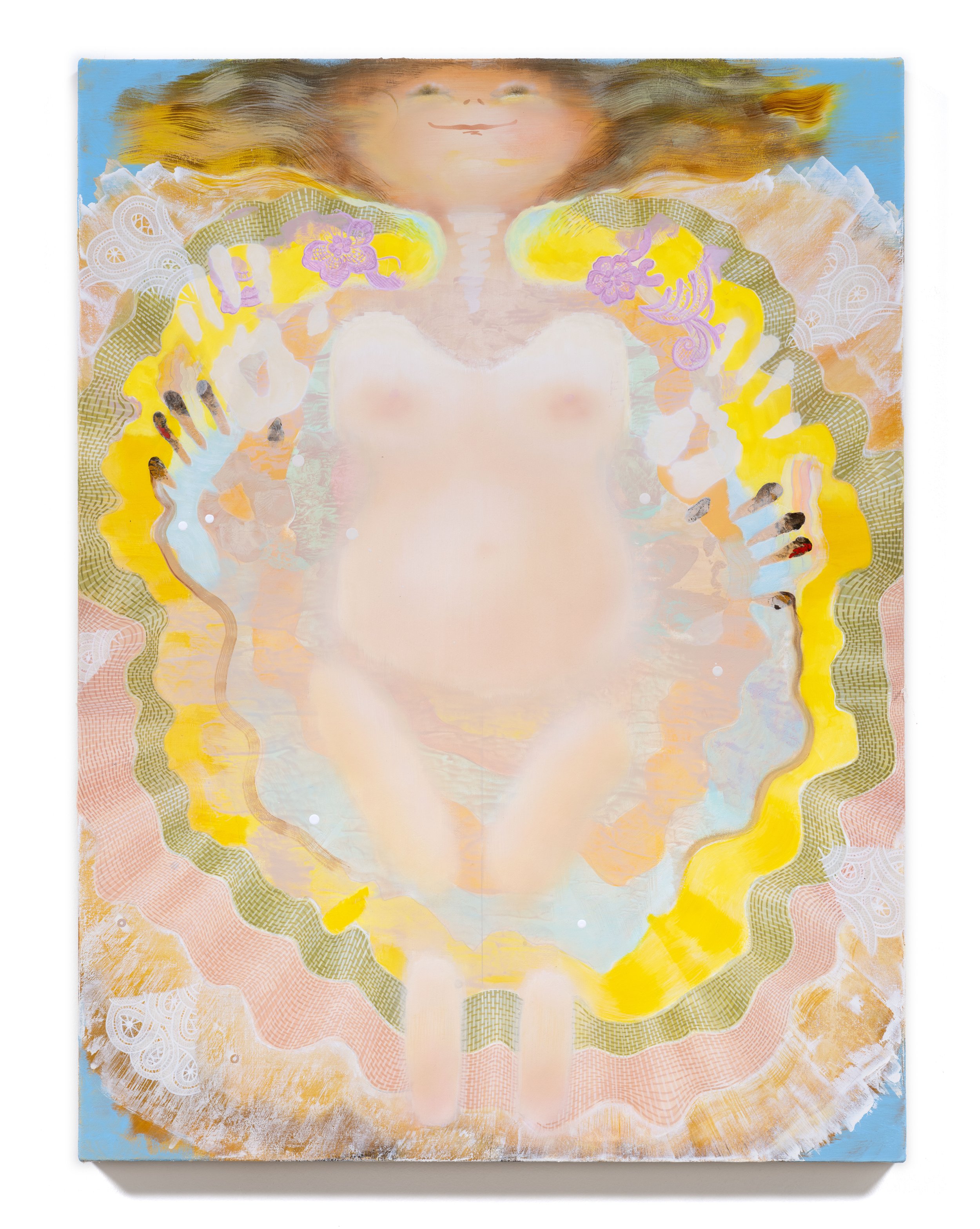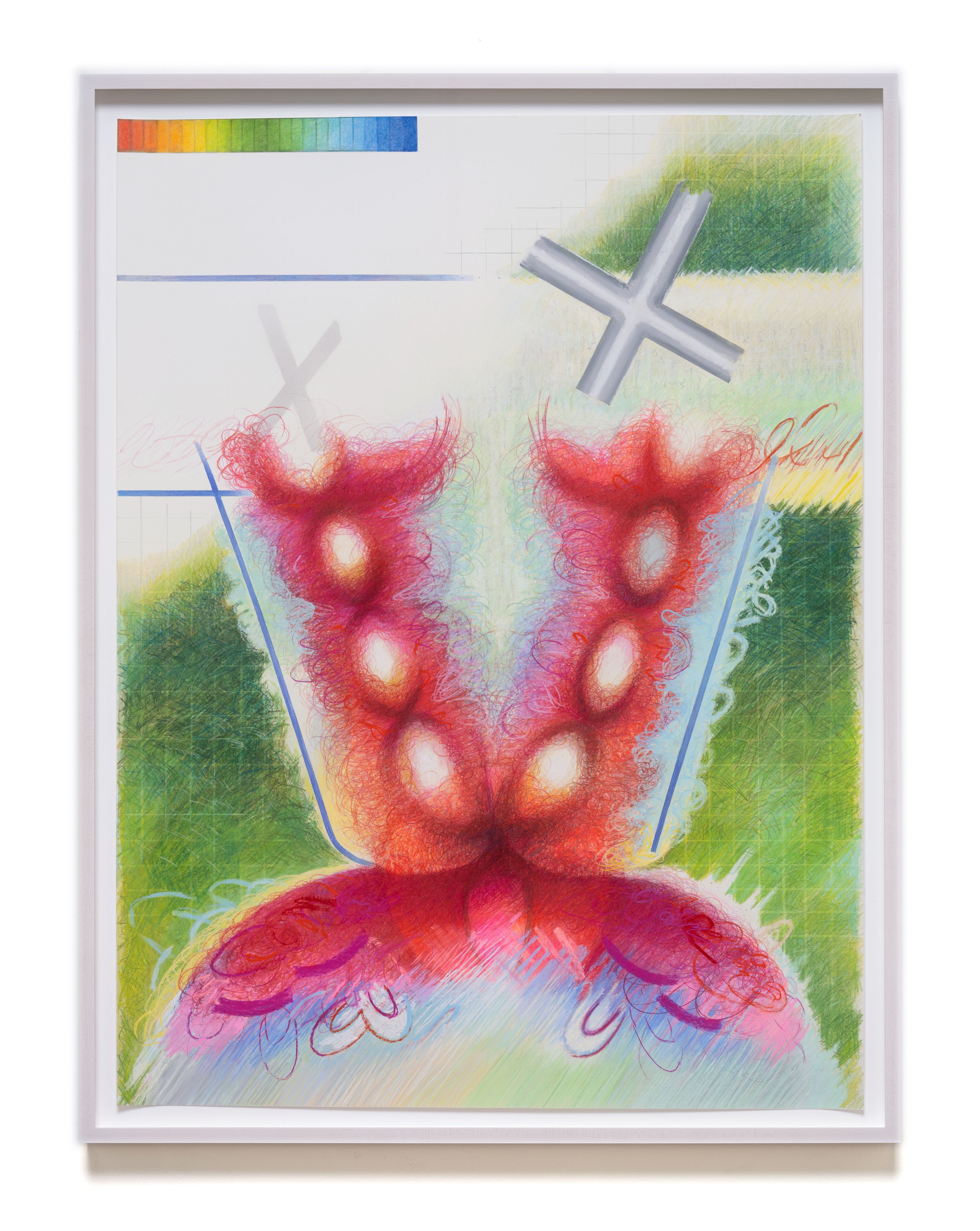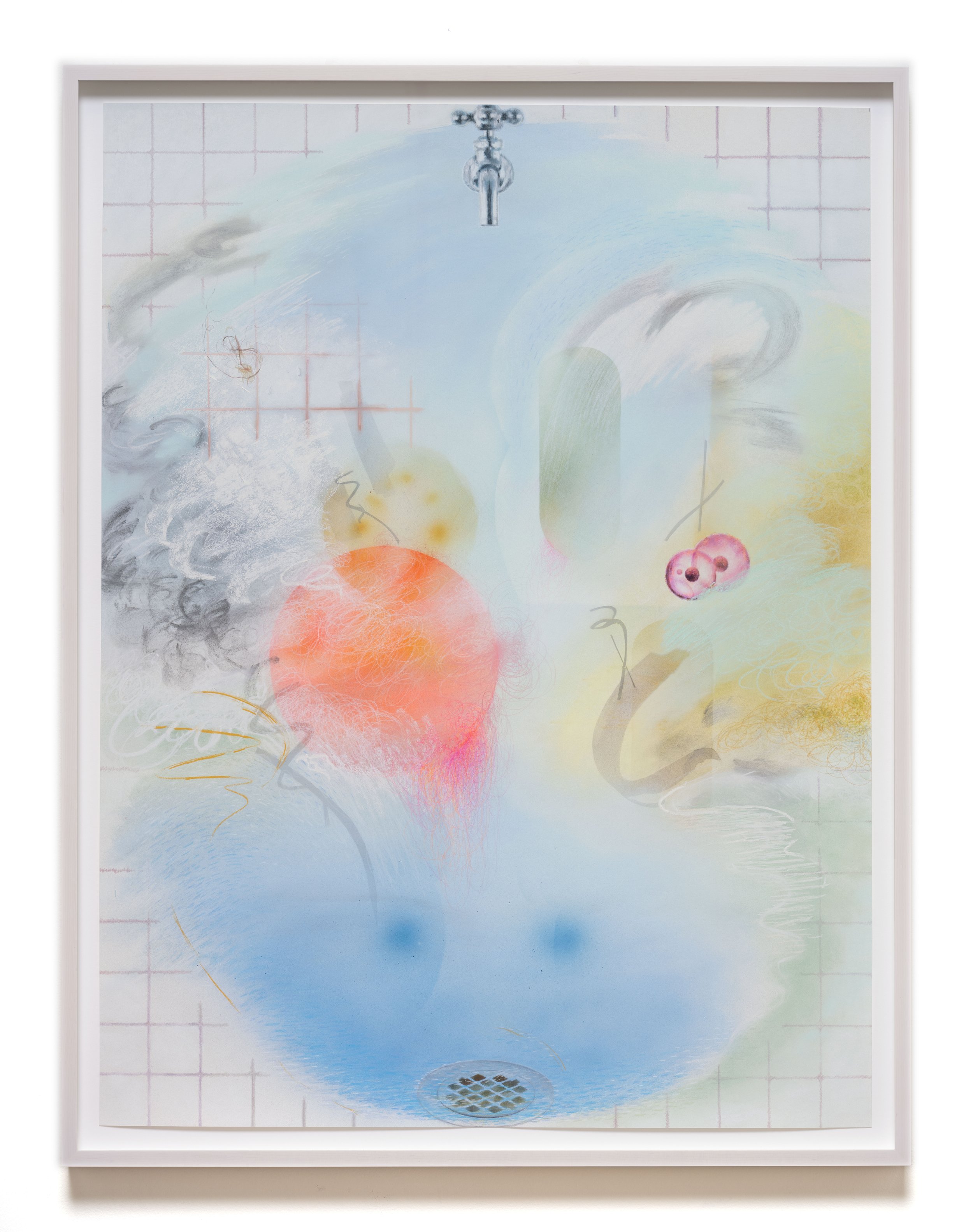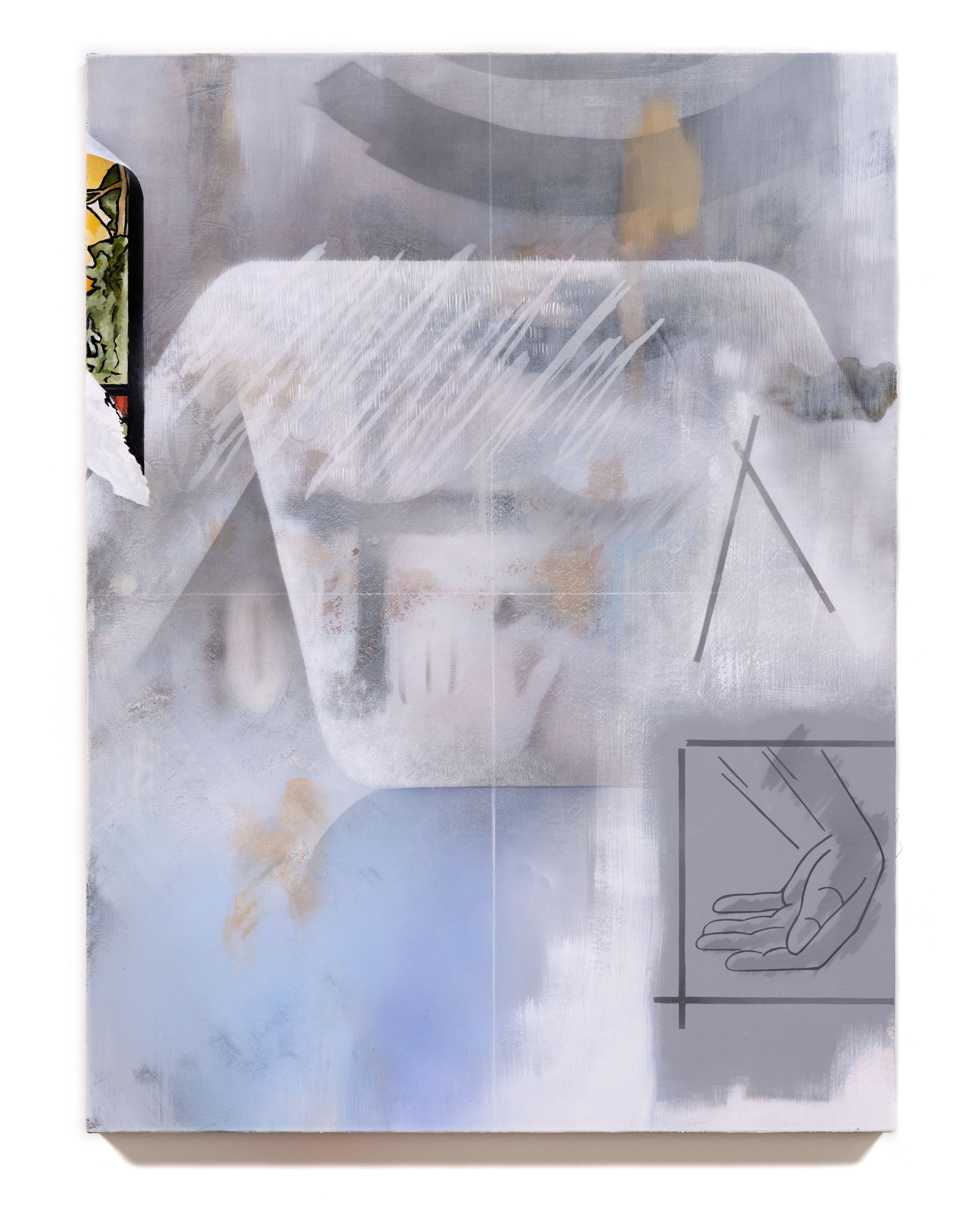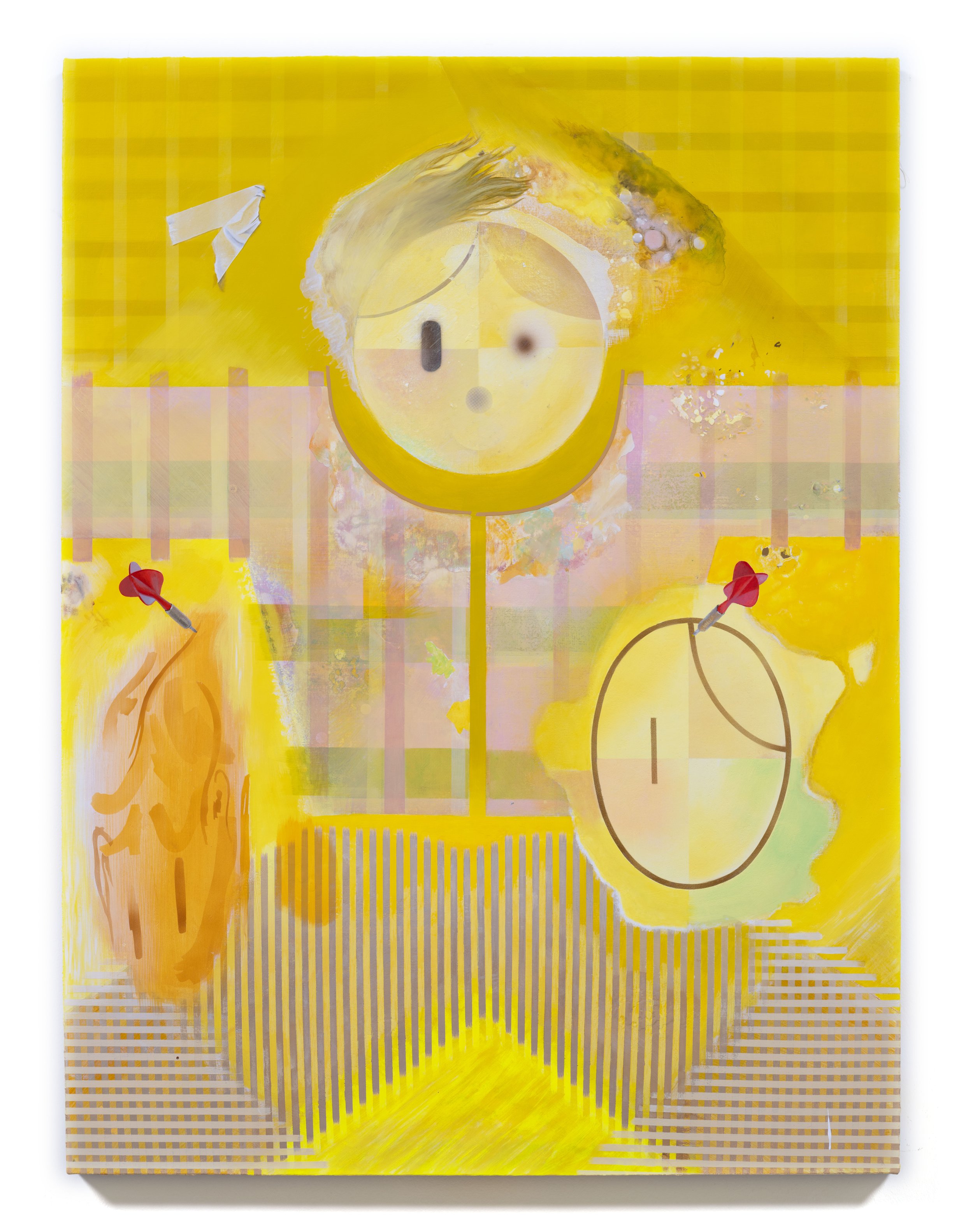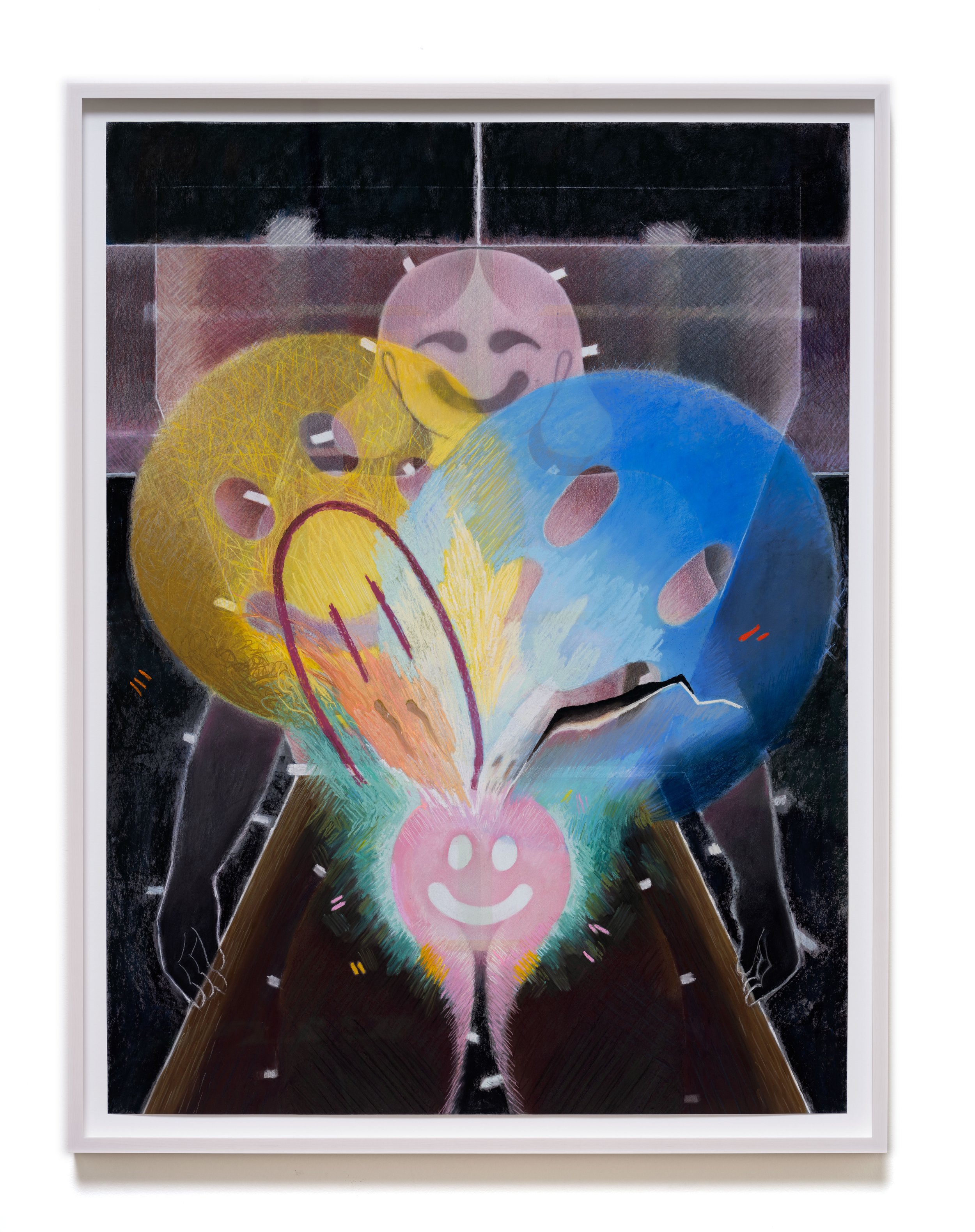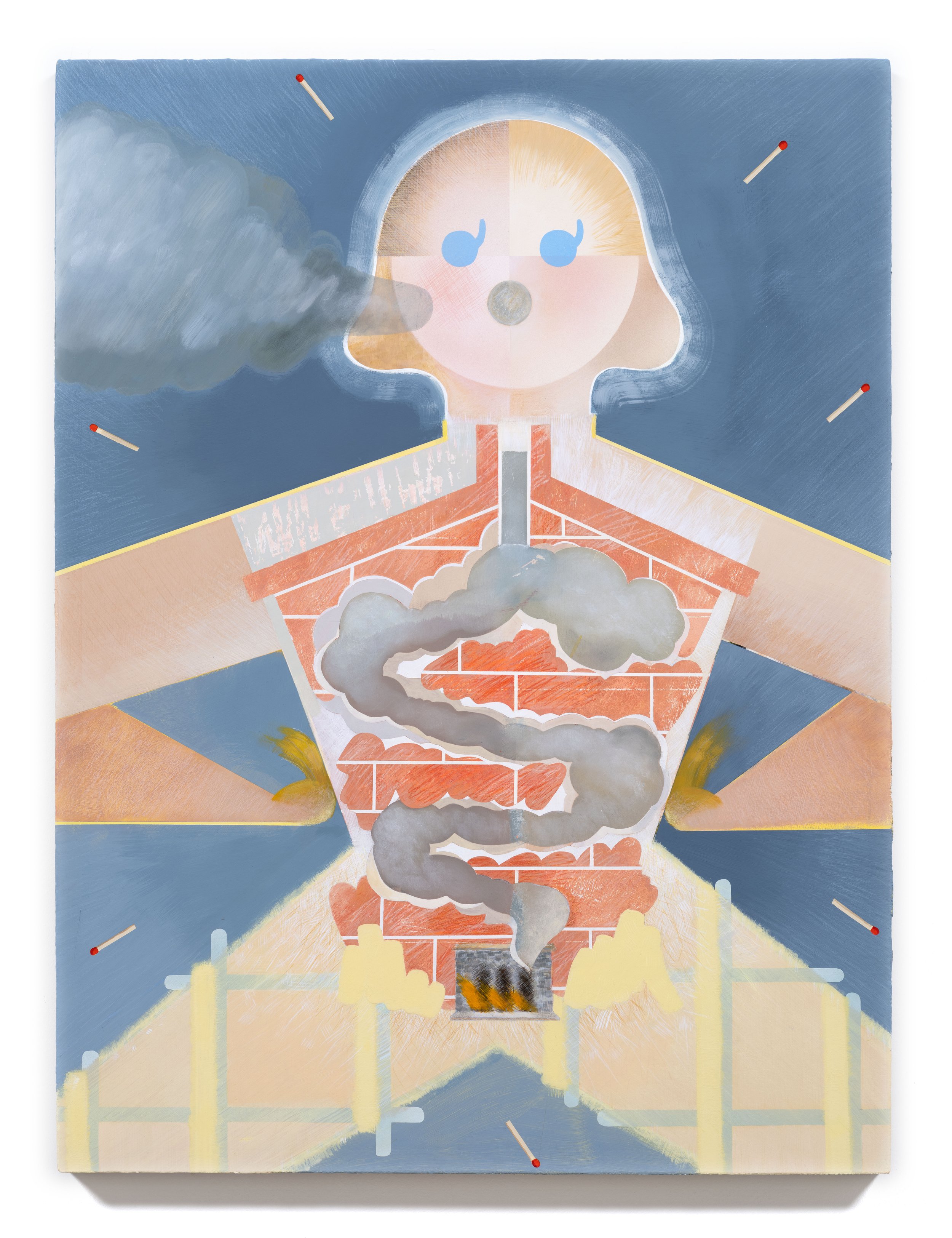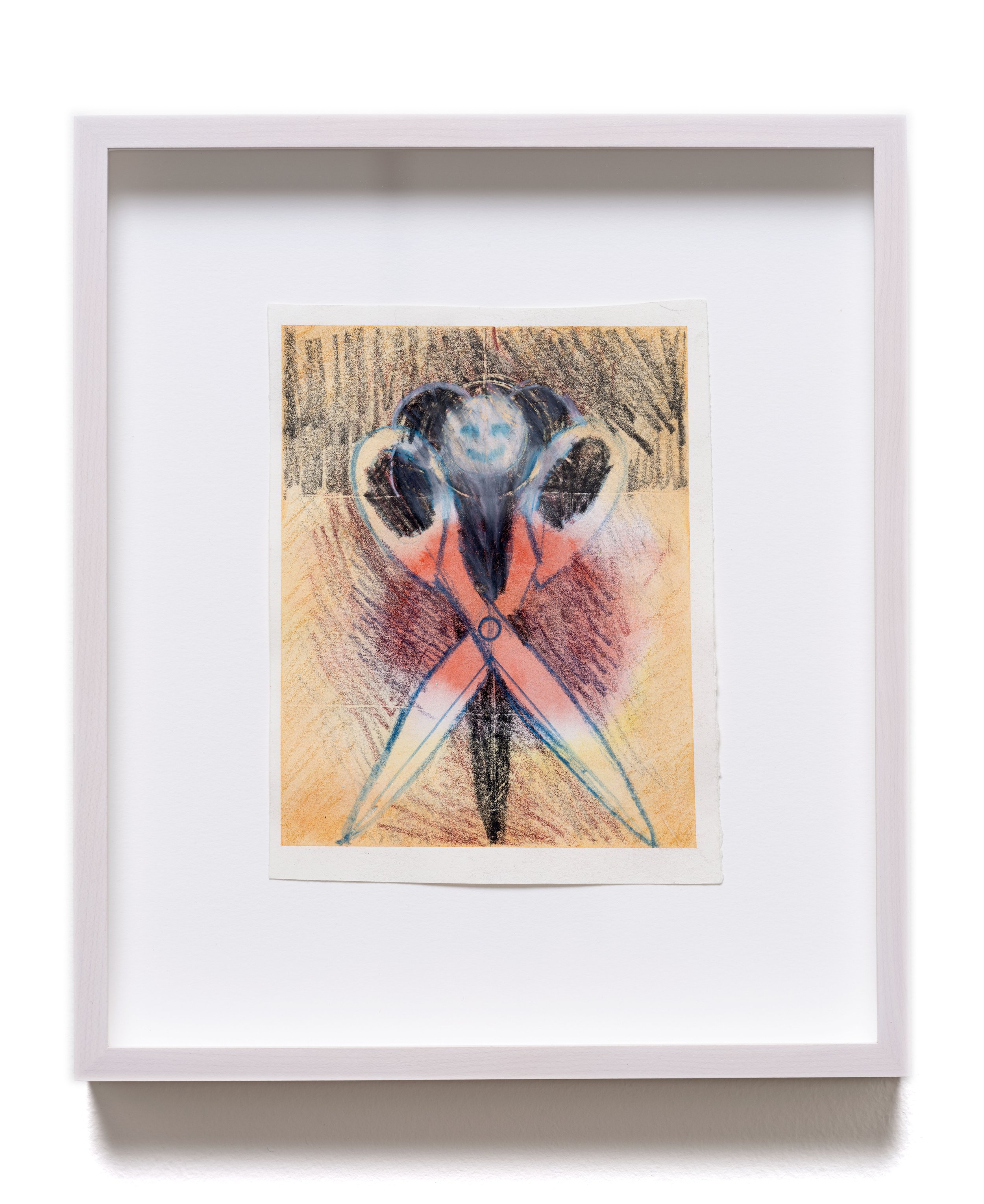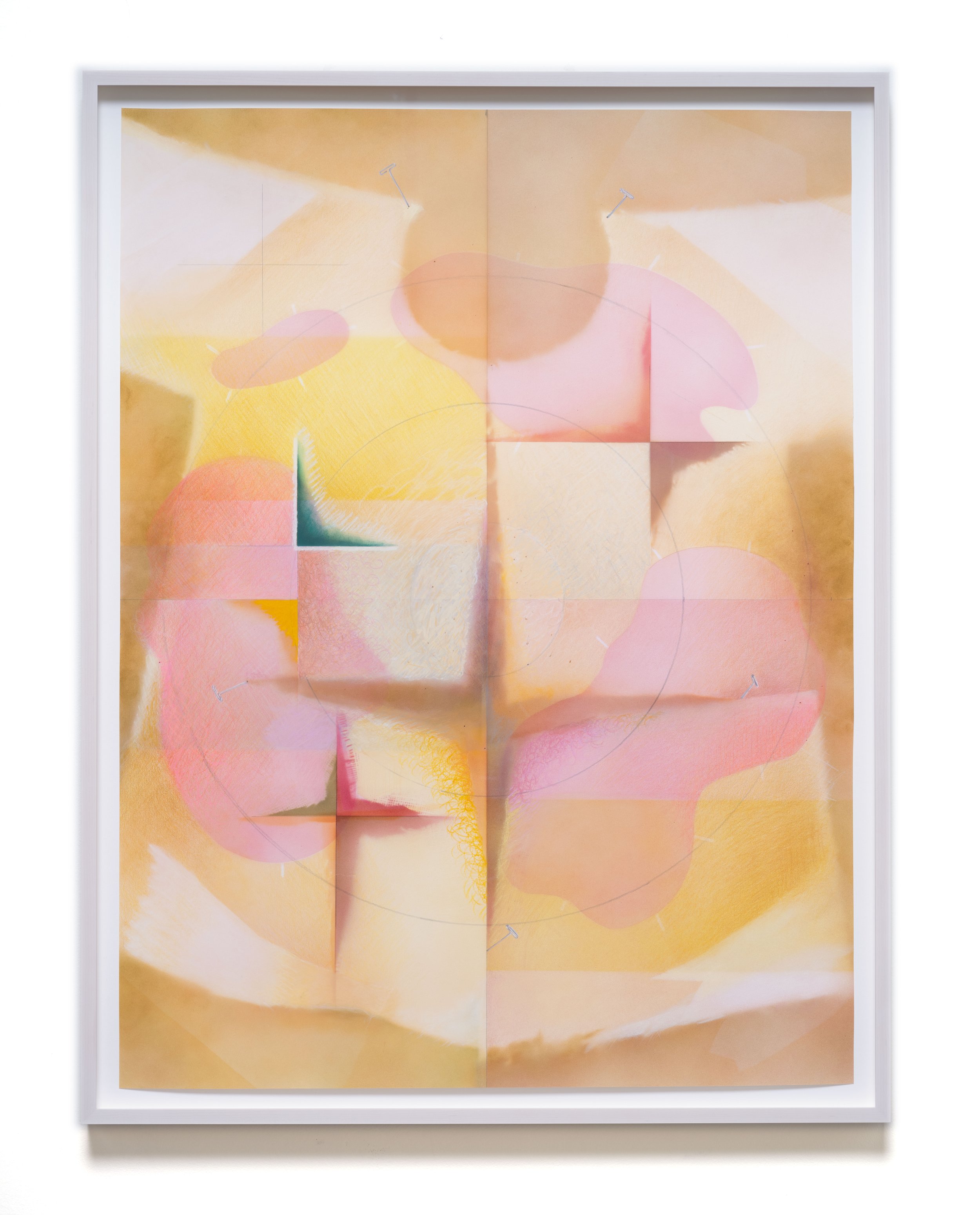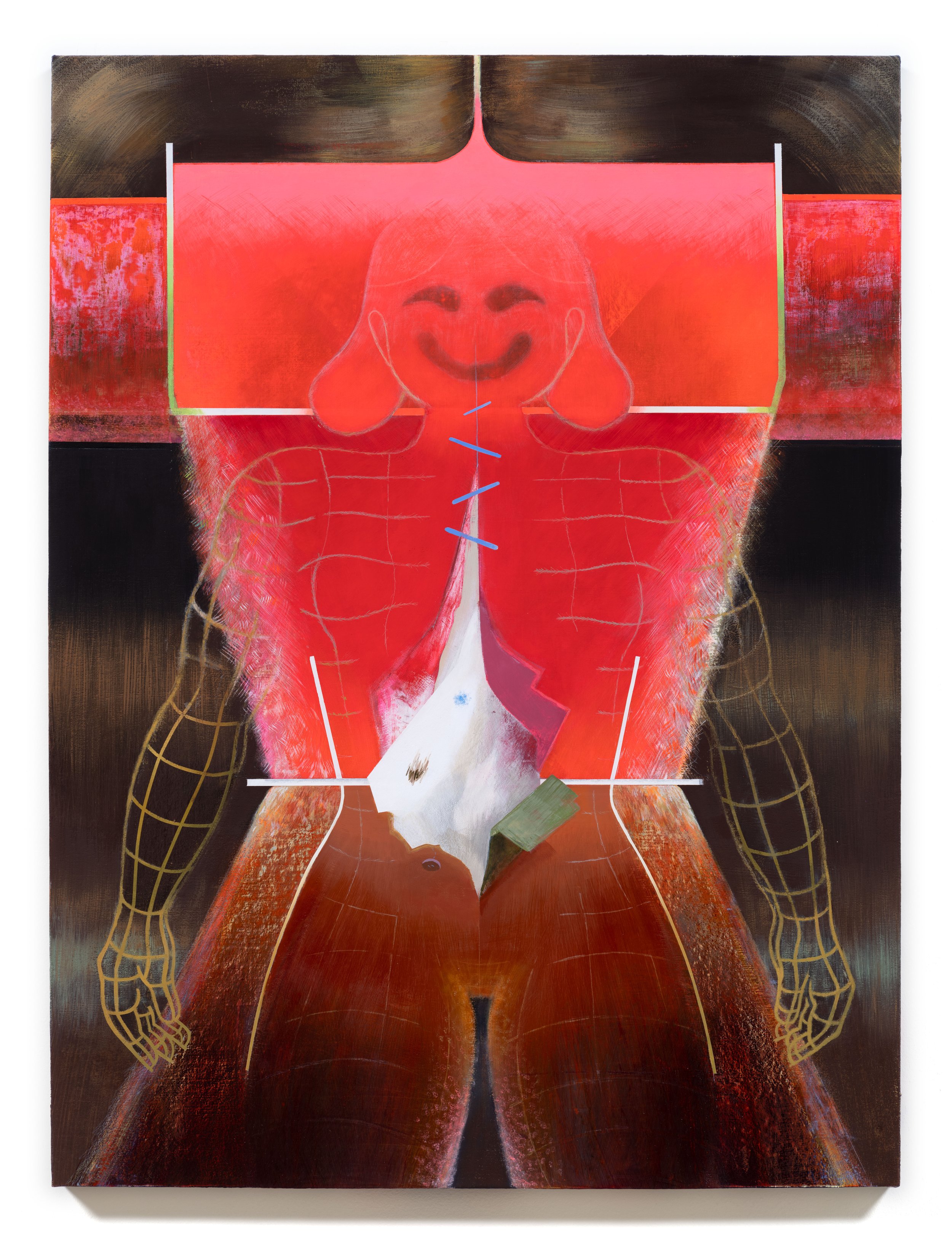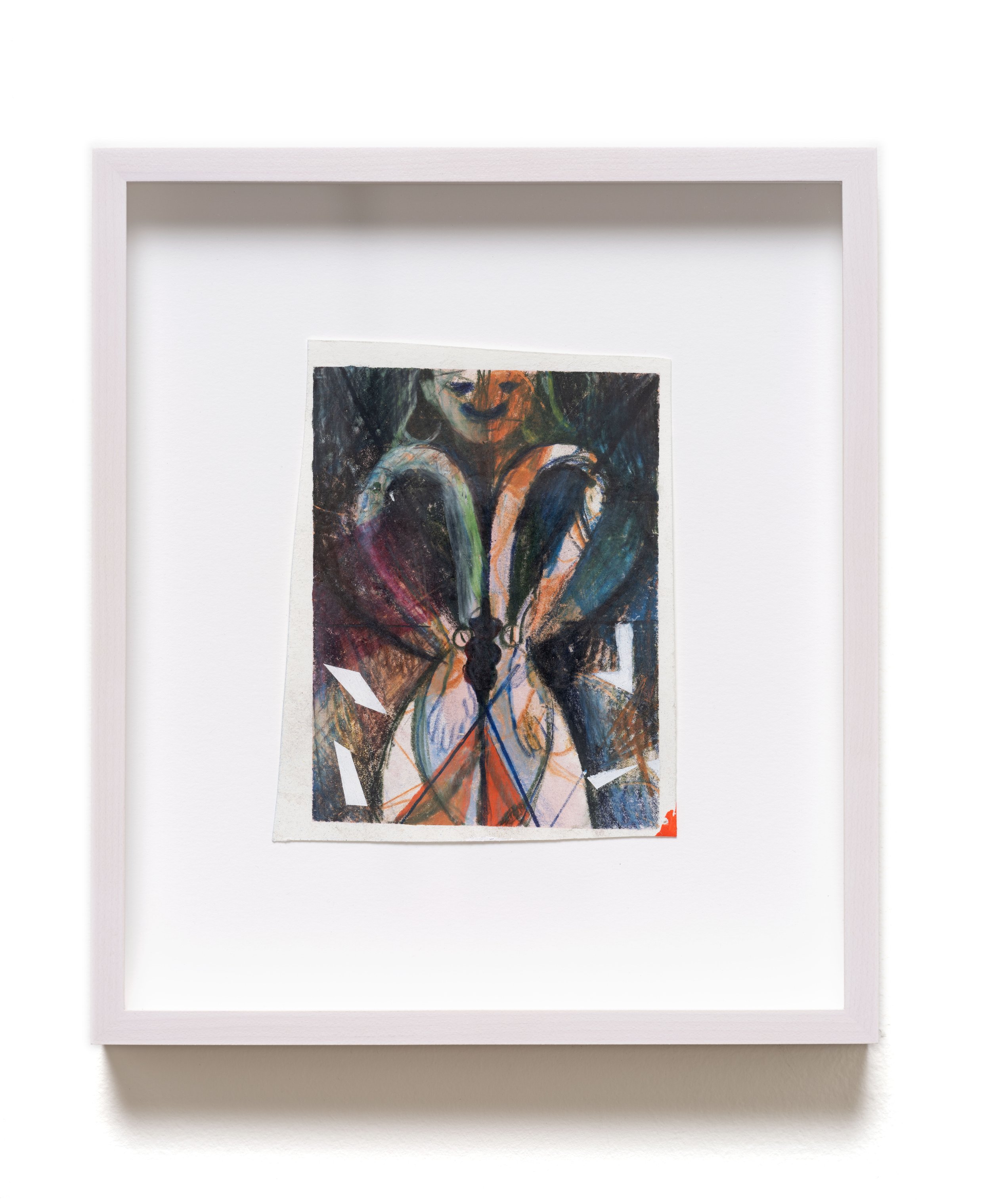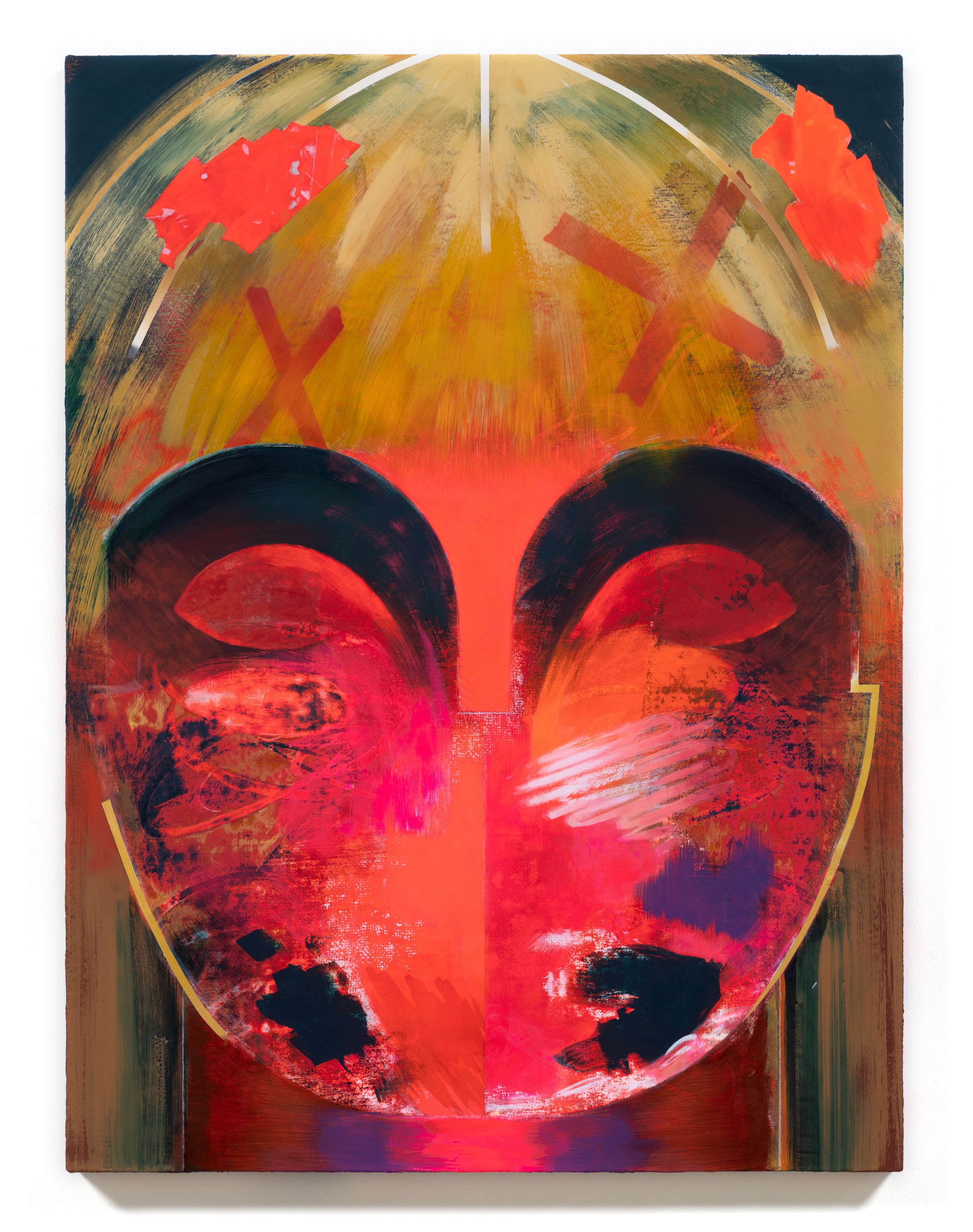Lindsay Burke
rough cut
May 6 - June 17, 2023
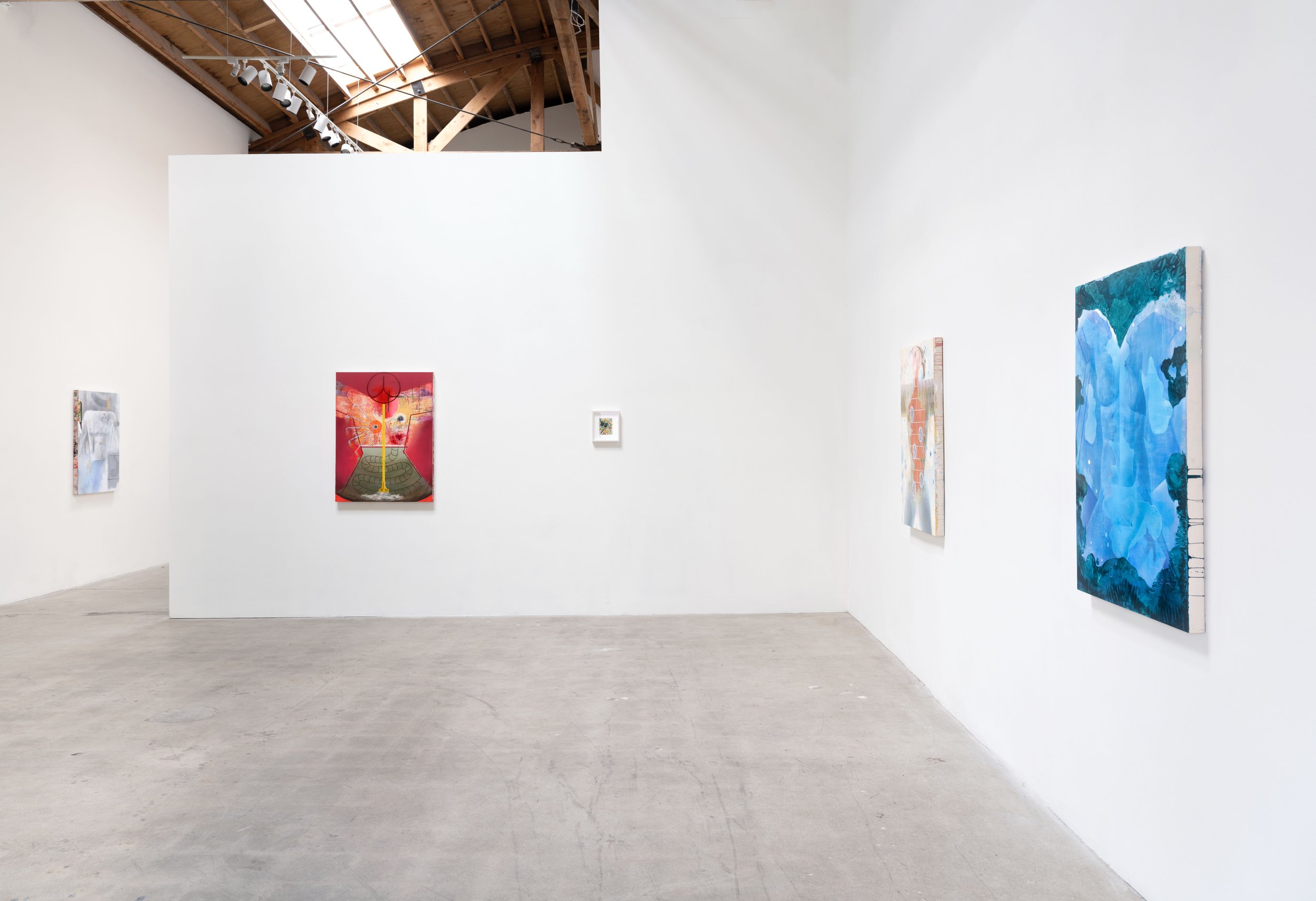
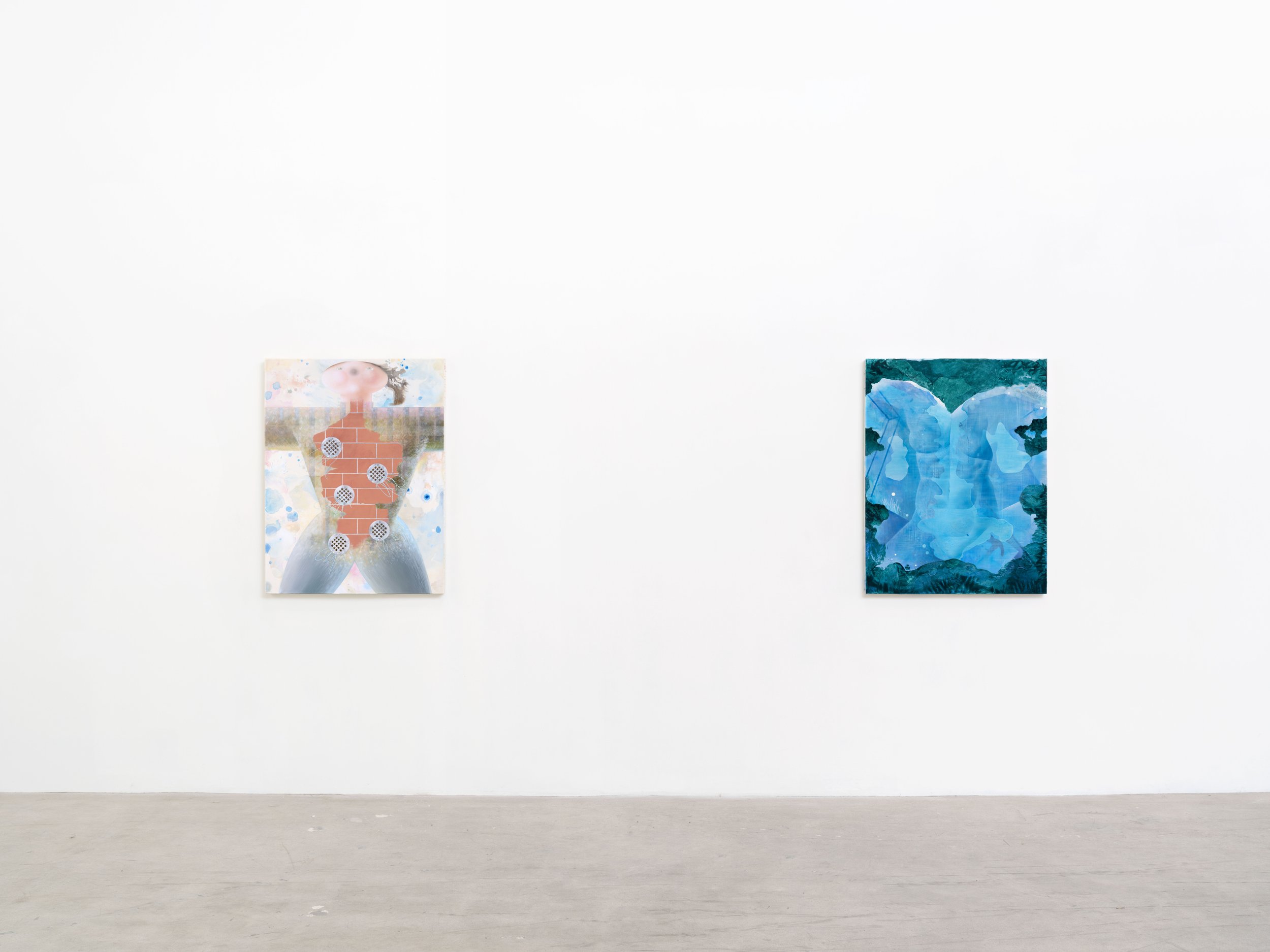
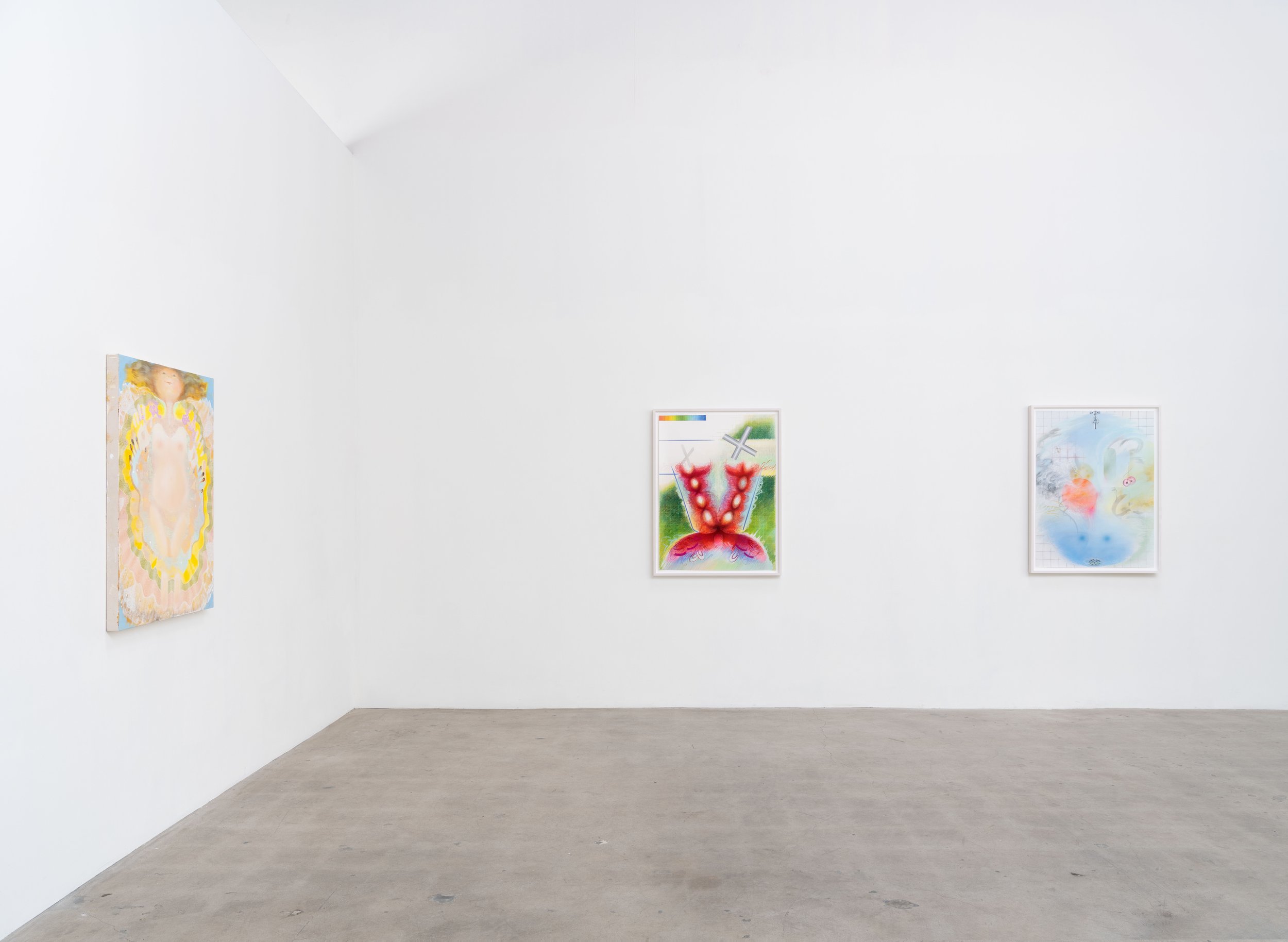
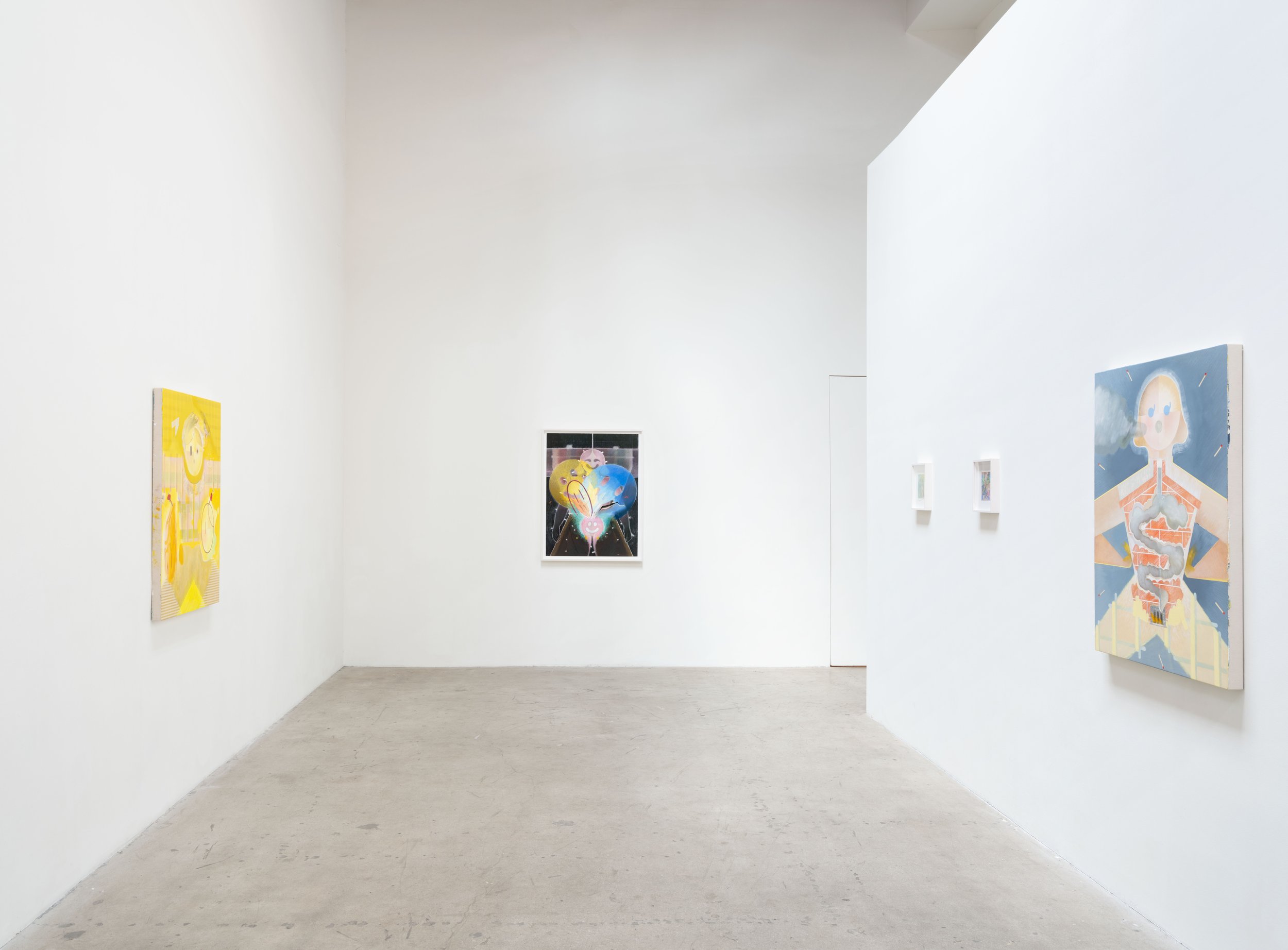


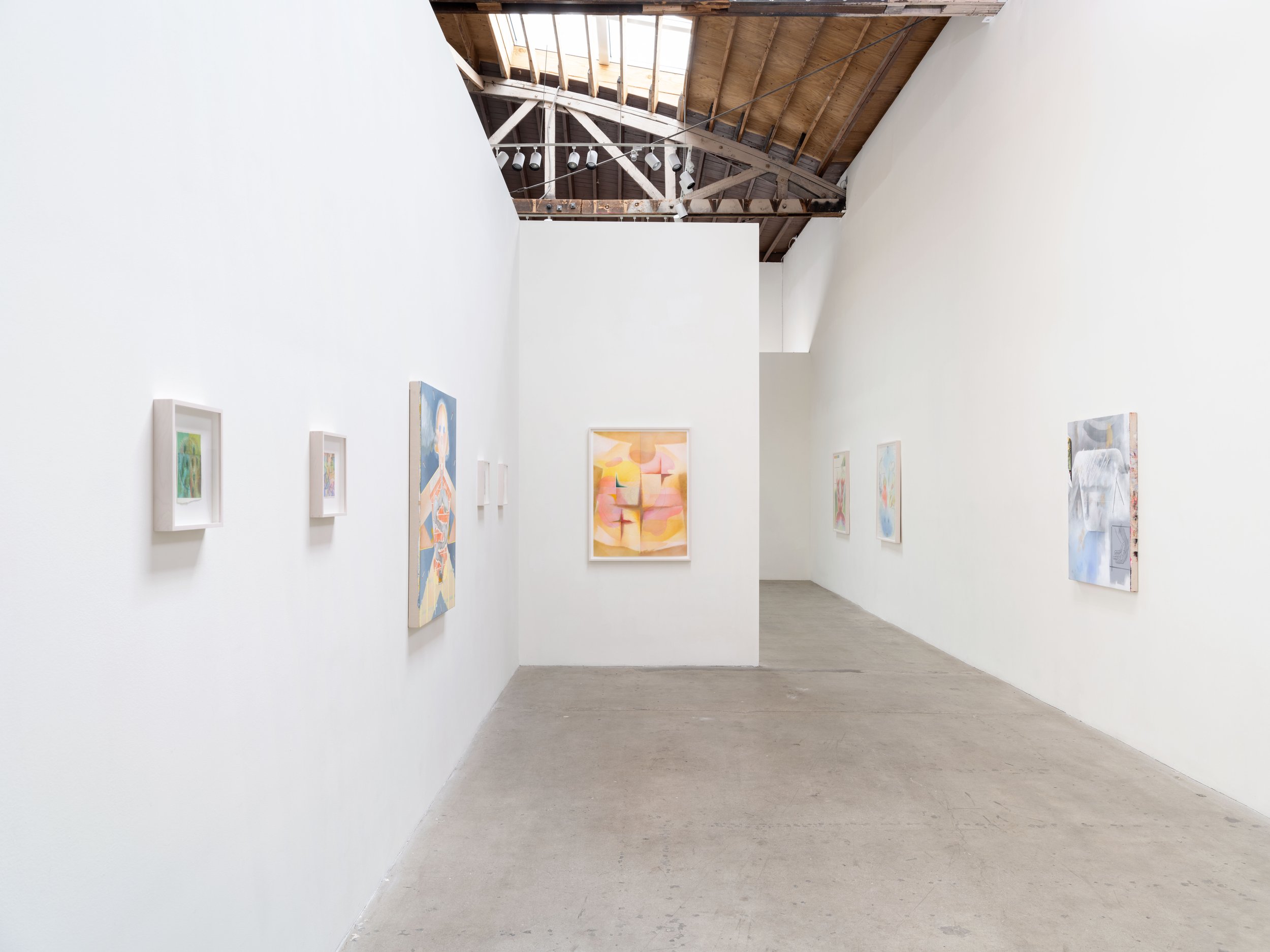
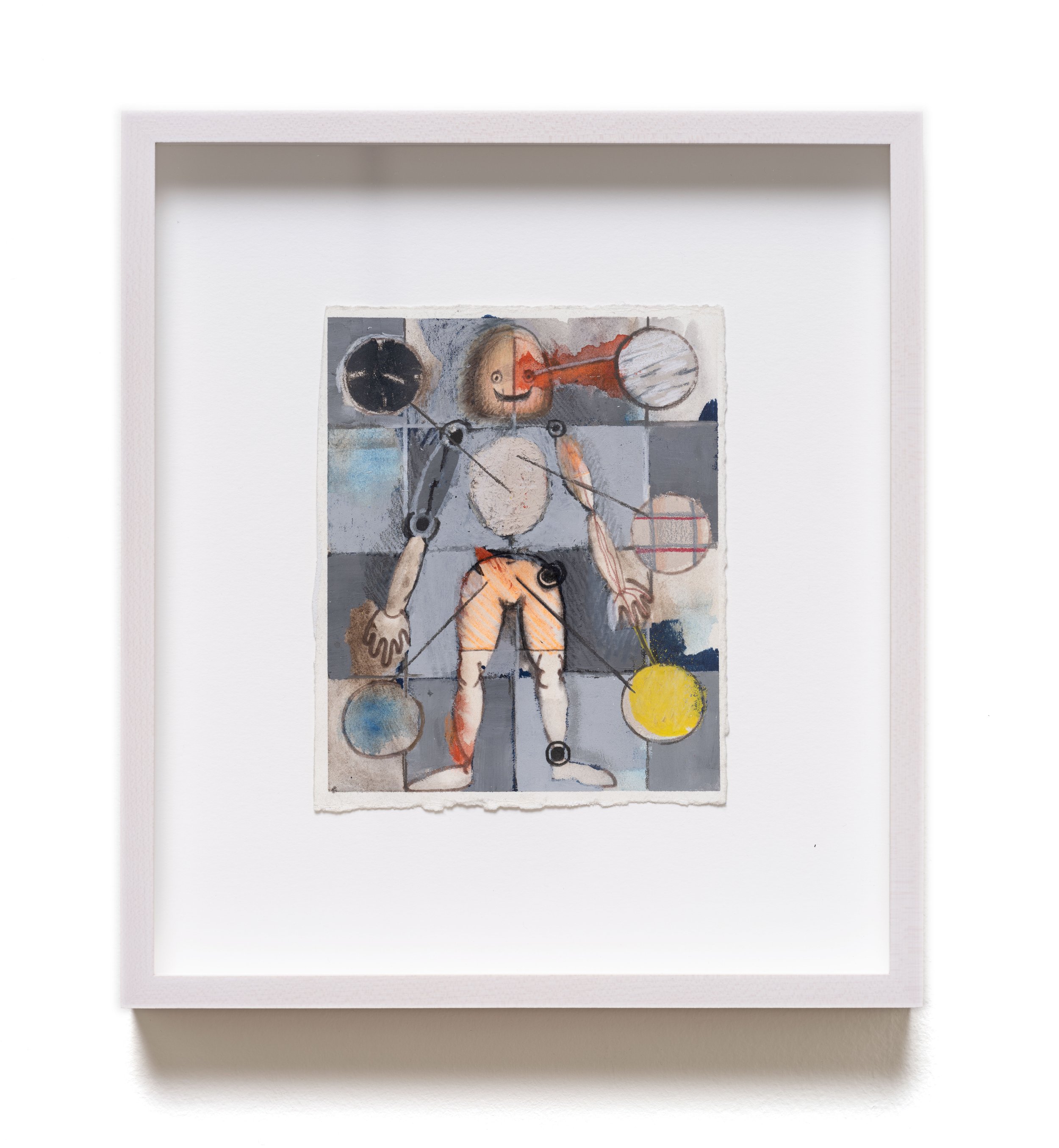
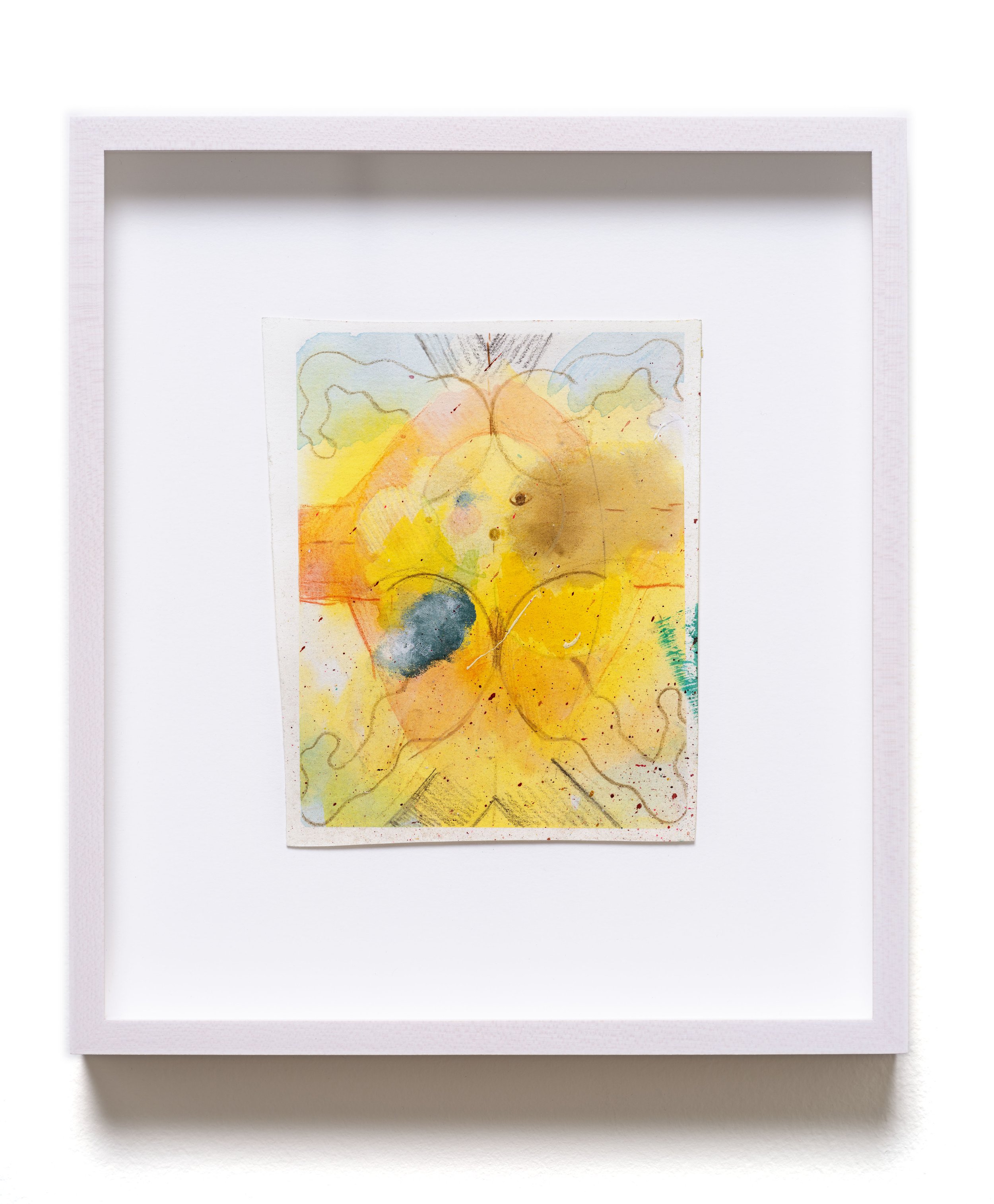
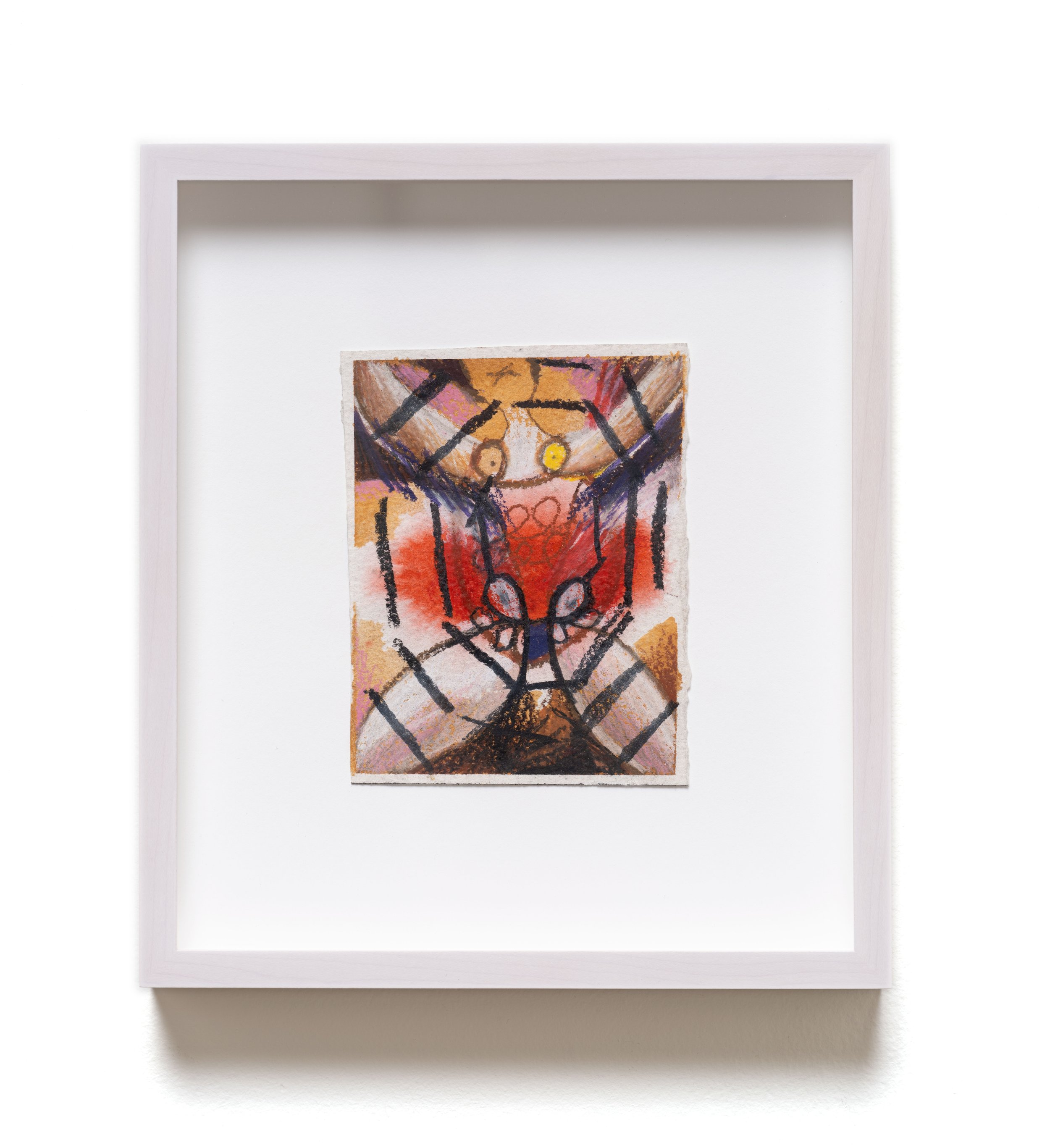
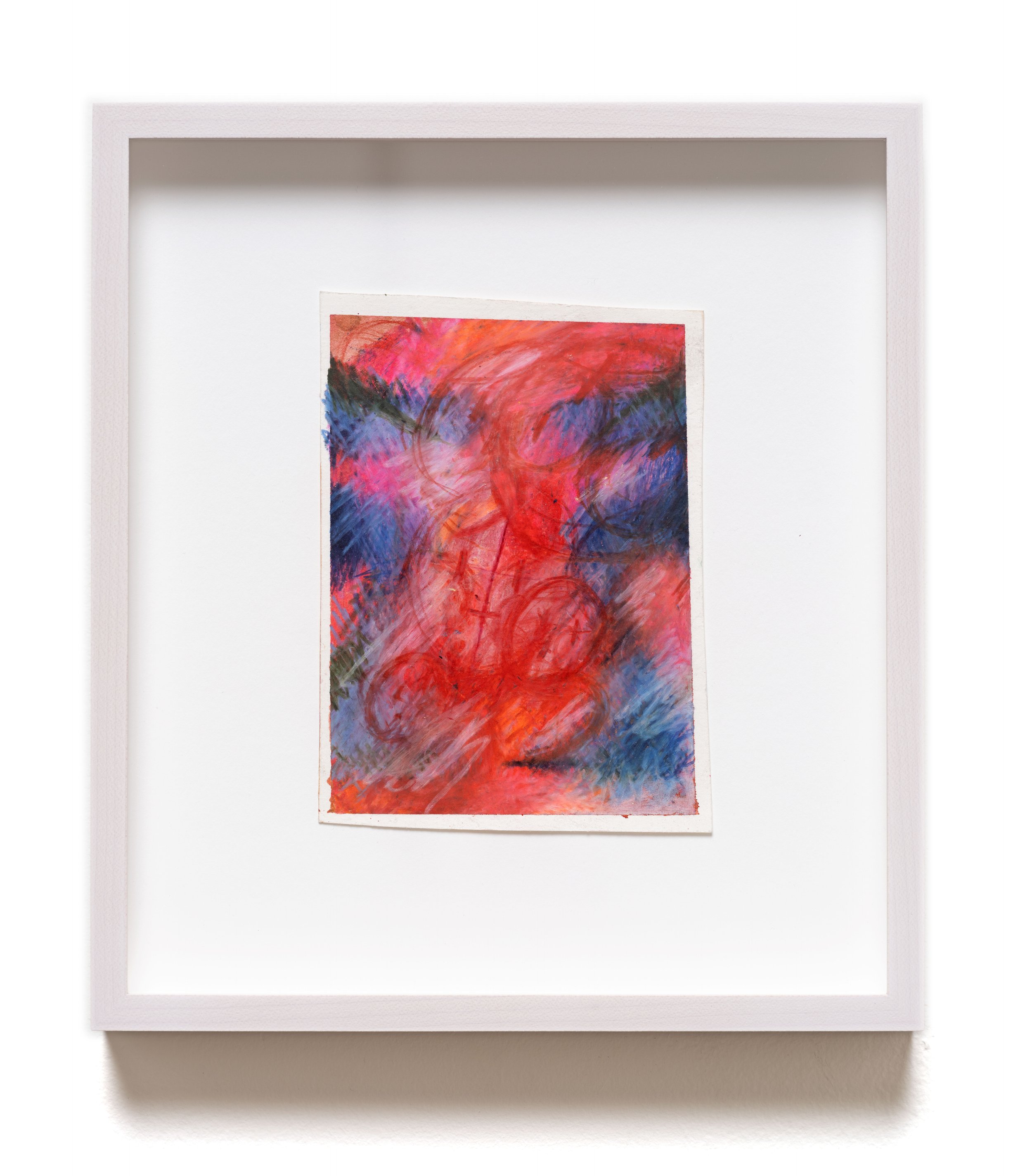
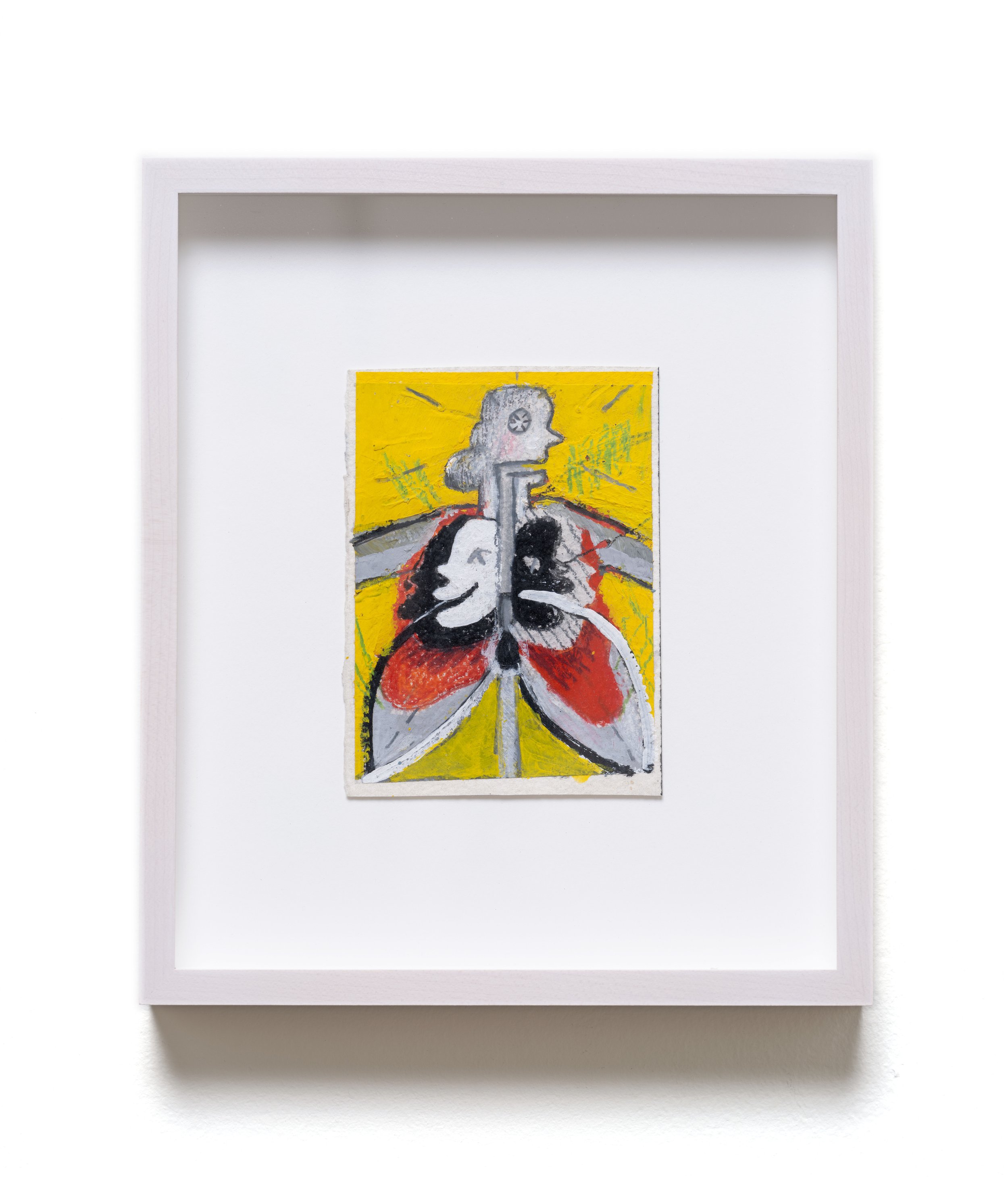
press release
Moskowitz Bayse is pleased to present Rough Cut, an exhibition of new paintings by Brooklyn-based artist Lindsay Burke. The occasion marks the artist’s first solo presentation at the gallery, and will be on view from May 6 – June 17, 2023. We will host an opening reception on Saturday, May 6 from 6-8pm.
In recent works, Burke casts the body as both subject and receptacle, a place of emotional, formal, and civil flux. Sites of art historical and compositional tension appear ripe for reconsideration, with the artist embracing the questions and hang-ups that continue to define her subject, both high and low: is the human body a perfect expression of nature? What does my lower intestine look like? Bearing structural allusions to renaissance religious painting, Bauhaus industrial design, and architectural drawing, Burke’s varied inquiries into shared and singular personhood cycle through fugitive states of being. Poeticized, schematized, and on full frontal display, the artist’s bodies greet the viewer like patients on an operating theater’s slab.
A vest-clad figure holds the center in My Inner Most Clean. Head hung and arms up in a V-shape, a pendular mop carves out an x-ray skirt, complete with snaking intestine; a blooming abstraction spirals down a drain located where a nipple might be, ushering in a feeling of mechanized hybridity, the body slowly ceding control. In Vulvic Glee, ballooning smiley-faces spring from the subject’s pelvis, floating upward to frame her ecstatic face. Whether acting or being acted upon, Burke’s figures are contested grounds, embodied petri dishes where interiorities surface, mutate, and overlap. Indeed, cheerful like an advertisement, A Lump Like a Stone Like the Rising Smoke relates the body to a house, achieving a momentary stasis between autonomy and automation: fire in one hole, smoke out another, hands on hips, as matches rain down all around.
That all of Burke’s bodies feature prominent aesthetic signifiers of femininity suggests a further understanding of the body as a locus of political contestation. Human form continually verges on abstraction, the dissolution of humanness altogether. Persona Pinning finds a pony-tailed figure making an “o” with her mouth, arms outstretched at 90 degrees; two darts pin facial variants to either side of her, narrowly avoiding her checkered flank. As the abstraction encroaches, she becomes increasingly contiguous with the painting’s surroundings. Shedding treats the body itself like a big spill altogether, while Notes on Creation presents a corset-like gown as body-enough, no head necessary. The surfaces, which chronicle a variety of strategies and applications, flit between painterly lushness and tightly handled line. For Burke, the shifting signifiers of humanness, particularly femaleness, become analogous with her paintings’ formal devices. Figures drift in and out of being as we consider our own arenas of control and helplessness, skittering as they do between joy and anxiousness, the forces that constantly weigh, and the exertions of power and change that shape our lives.


